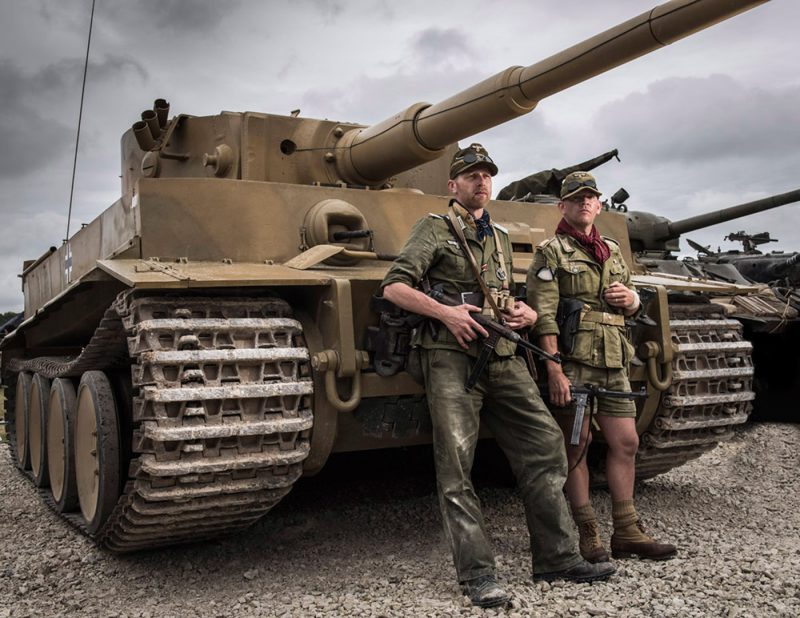Anything within its sights of 2000 meters was marked as prey.
Out of all the German tanks during World War II, the Sd Kfz 181 Panzerkampfwagen VI Ausf E was probably the most iconic and recognizable. Many of us know that masterpiece under a simpler name: Tiger I.
The very fearsome Tiger I has been well-respected by the enemy ever since it began its service on the Eastern Front in 1942. It debuted during the Battle of Leningrad under the 502nd Heavy Tank Battalion.
Up until 1944, a total of 1,347 Panzers VI were built and they saw action on all major fronts in Europe, from the Eastern Front all the way to Northern France, Italy, Sicily, and North Africa.
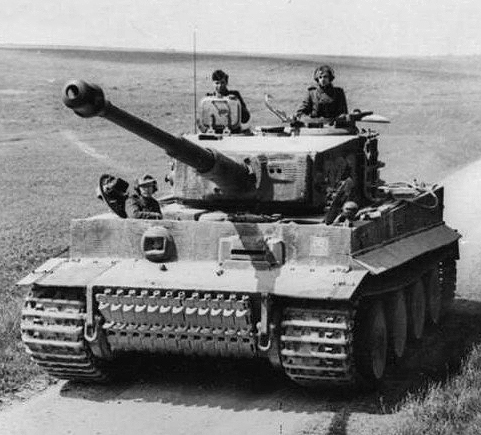
Tiger I was undisputedly a formidable foe. With a weight of 57 tonnes and an 8,8cm KwK 36 gun, it was able to destroy anything the Allies had at that time. However, the more complicated the machinery, the more often it is prone to malfunctions. It’s worth noting that more Tiger I heavy tanks were out of operation not because of enemy actions but due to mechanical failures.
It was overengineered, often built with the help of slave labor (a workforce which often sabotaged its own work), and heavy to the extent of being crippled at times. It was difficult to transport via rails and even more difficult to repair, as it required skilled maintenance. Tiger tanks weren’t even close to being perfect.
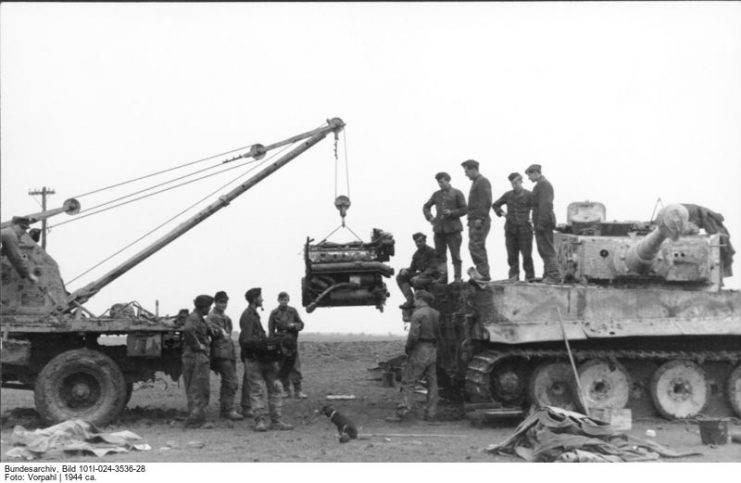
Nevertheless, the pure existence of the Panzer VI was priceless on the battlefield. The psychological effect on the enemy of possibly encountering such a beast gave Germans an unexpected advantage. Additionally, exploits like those of Michael Wittmann during the Battle of Villers-Bocage, or Otto Carius who was credited with destroying over 150 enemy tanks, were excessively used by Goebbel’s propaganda machine.
Despite the small numbers of them, the Panzerkampfwagen VI earned a reputation that was incommensurate to its quantity. Anything within its sight in 2000 meters (~2,200 yards) was marked as prey. In contrast, most Allied tanks had to be within 500 meters (~550 yards) to even be able to scratch their target. Only the British 17-pdr gun was able to penetrate Tiger’s armor, but those guns weren’t very widespread in 1944.
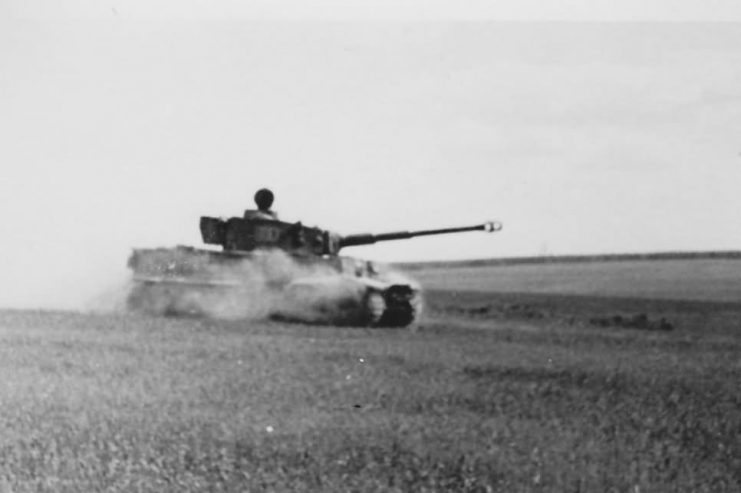
Bovington’s Tiger
The exhibit at the Bovington Tank Museum was the first Tiger I tank captured by the Western Allies. It saw action in Tunisia in spring 1943, and despite its very short time of service, the “131” managed to knock out two Churchill heavy tanks. Its fate became sealed by a shot from a QF 6-pounder gun (57mm) which hit the tank’s gun mantlet and jammed the turret.
The projectile did not penetrate the armor, so the crew was able to abandon the vehicle with only the tank commander suffering some minor injuries. Bovington’s Tiger was recovered the following day and put on display in Tunisia, where it attracted the curiosity of King George VI and the prime minister, Winston Churchill.
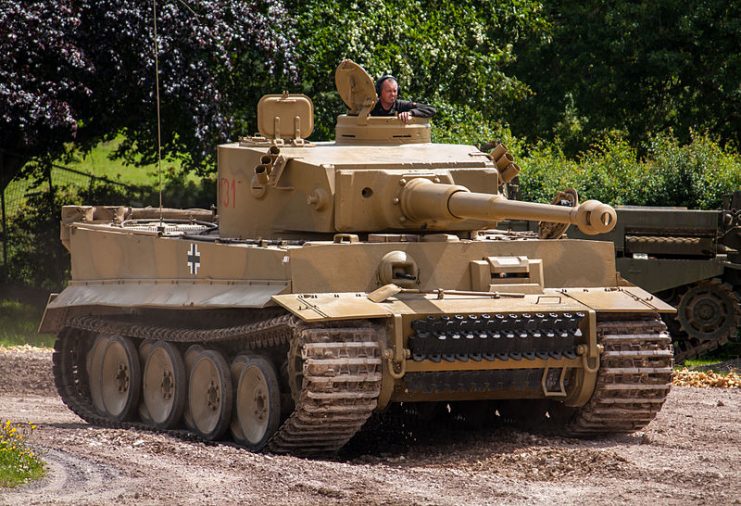
Soon after that, the priceless prize was sent to the United Kingdom in autumn 1943 for evaluation at the School of Tank Technology. A year later, the captured Tiger was displayed on Horse Guards Parade. After the war, “131” was passed to the Tank Museum.
In the 1990s, the process of restoring Tiger I started when help arrived from the National Heritage Lottery Fund. The painstaking work was worth everything the Tank Museum put into it, and in 2004, the “131” was alive again for the first time in sixty years. Moreover, it ran on its own power. The recreated make-up of the original camouflage and markings gave the illusion of time-traveling, as one could swear it looks as new as if it had just rolled out of the factory.
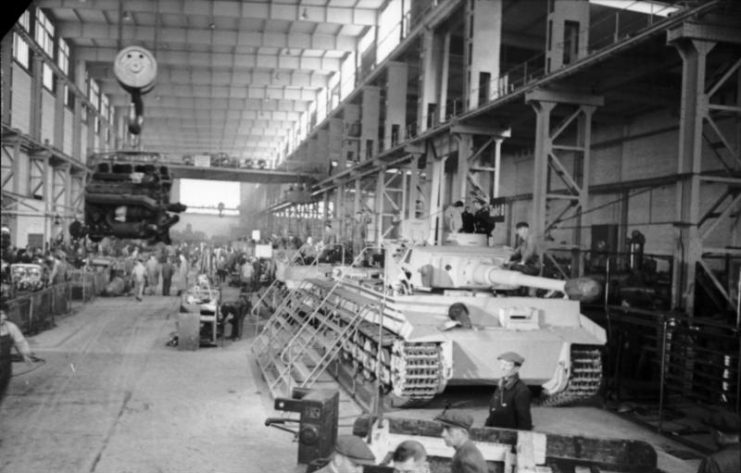
As of 2018, only seven Tiger I tanks have survived. The Bovington’s Tiger is unique in many ways — a rare beast, captured almost intact, and in running condition.
The vehicle characteristics
Tiger I was a full-tracked vehicle, with eight large wheels on each side, carrying a body of 57 tonnes. The entire tank was powered by a massive water-cooled petrol engine with a power output of 650bhp at 3000rpm. It was a thirsty monster with an operational range of 110km (~68 miles) cross country and almost 200km on roads (~125 miles).
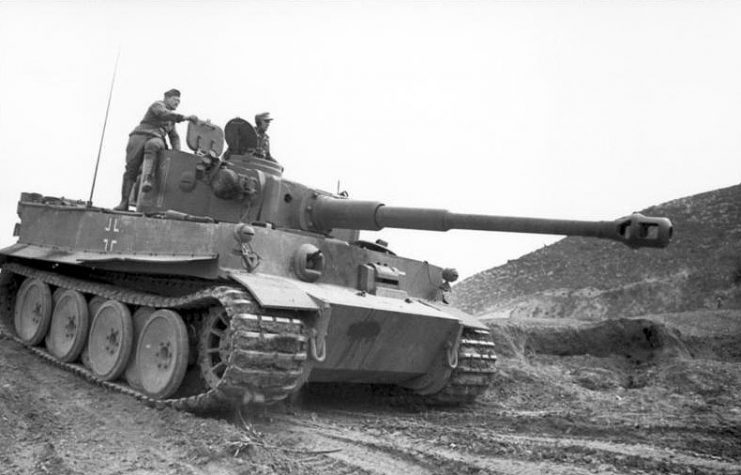
Eight forward and four reverse gears were delicate to operate but allowed a smooth drive through snow and mud. The maximum speed it could achieve was 45km/h (~30m/h).
The frontal armor was built from welded armor plate which was 100mm thick (3,9 in), the same as the front of the turret. The gun mantlet reached a thickness of 120mm. With 80mm hull side plates, turrets on the sides and rear, the crew of 5 was well protected. The thinner part of Tiger was on top, which was only 25mm until 1944 when the turret’s roof was thickened to 40mm.
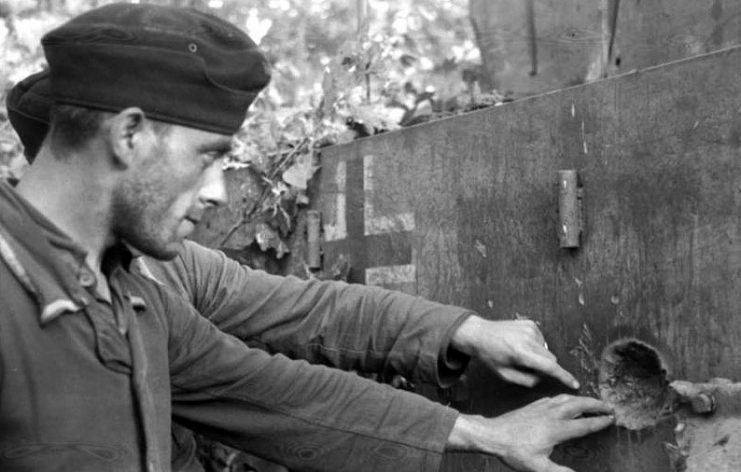
Read another story from us: 30 images of Tiger 1 wrecks
Armed with the legendary KwK 36L/56 8.8cm gun (derived from an 8.8 cm FlaK 36), this armored box was transformed into something with very sharp teeth. A lot of teeth, as it happens, since the tank carried 92 rounds. Its accuracy with high-velocity (over 900m/s) shells made it one of the most deadly guns of the war. As for more anti-infantry armament, it was equipped with two MG34 machine guns.
